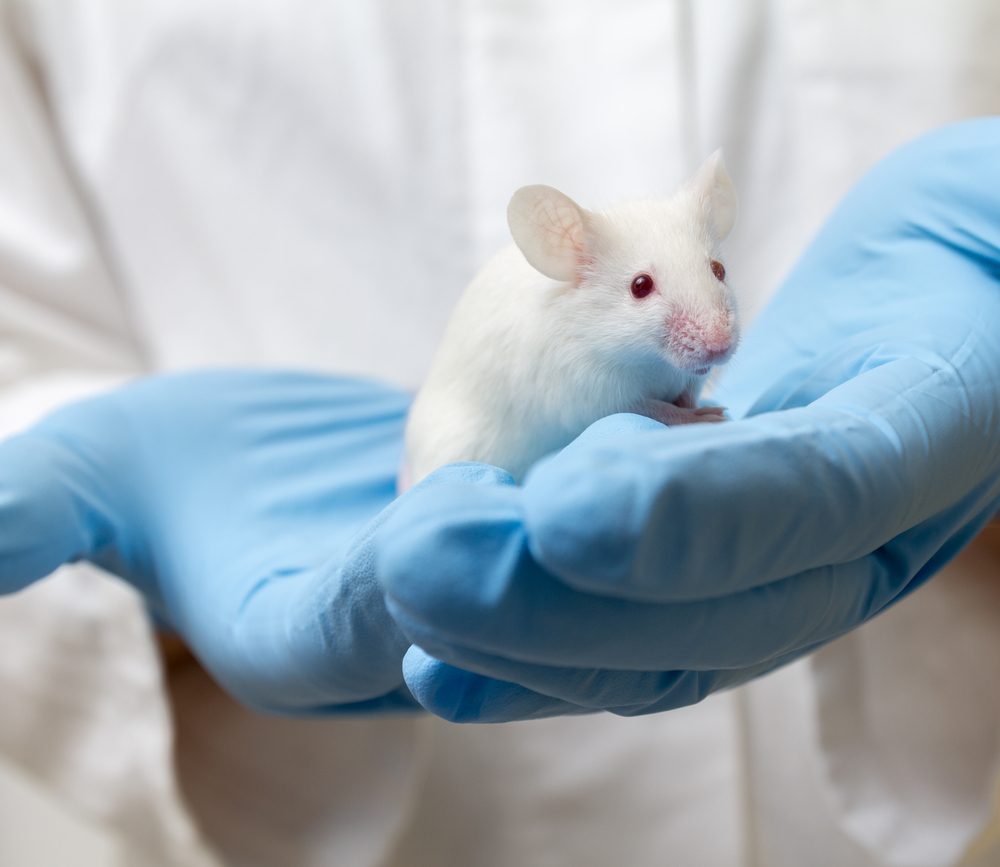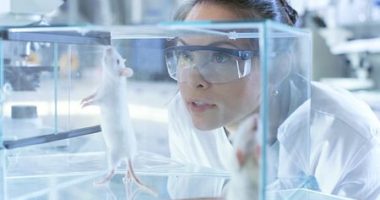Changes in NRF2 Gene After Menopause Linked to Oxidative Stress, Risk for Obesity, Mouse Study Suggests

Alterations in the gene coding for the NRF2 protein after menopause may lead to a defective response to oxidative stress — an imbalance between the production of harmful free radicals and the body’s antioxidant defenses — and higher blood levels of glucose, while also increasing the risk for obesity, a study in mice suggests.
The study, “NRF2 deficiency increases obesity susceptibility in a mouse menopausal model,” was published in the journal PLOS One.
Women in menopause have an increased risk of abnormal changes in their metabolism due to the lower levels of estrogen hormone produced in the ovaries.
Evidence suggests that the amount of low-density lipoprotein (LDL), also known as the “bad” cholesterol, increases in menopause. In addition, aging and menopause are risk factors for higher body mass index (BMI), a measure of body fat, and diseases such as type 2 diabetes, which are more prevalent among women after the end of their menstrual cycles.
Inflammatory proteins associated with obesity are known to promote oxidative stress, which can cause damage to cellular components.
The NRF2 protein is an important oxidative stress sensor that plays a key role in defending against an increase in free radicals. Yet, its role in obesity remains controversial. While some studies suggest that this protein promotes energy metabolism and insulin resistance, others suggest that lacking NRF2 may promote the formation of fat cells, known as adipogenesis.
To learn more, researchers in China investigated the role of the NRF2 gene in metabolism after menopause.
First, the scientists induced menopause in healthy female mice and in mice lacking the Nrf2 gene by surgically removing the ovaries, called ovariectomy. As controls, the team used mice that did not undergo this surgery.
Ovariectomy led to a significant decrease in estrogen levels in those mice, compared with controls, regardless of whether or not the animals had the Nrf2 gene, the researchers confirmed.
Next, they measured the blood levels of malondialdehyde (MDA) — a biomarker of oxidative stress. The results showed that, compared with control animals, MDA levels increased in ovariectomized mice with normal Nrf2, and in animals without this gene but with intact ovaries.
Body weight monitoring showed that ovariectomy was associated with significant weight gain at four weeks post-surgery compared with control mice. In addition, the researchers found that ovariectomized mice lacking Nrf2 experienced the greatest weight increase.
Blood levels of glucose (sugar) were significantly elevated at weeks three and five post-surgery in ovariectomized mice lacking Nrf2 compared with animals also lacking this gene but with intact ovaries.
Regarding cholesterol, the mice missing Nrf2 had higher LDL levels compared with controls. Similar to menopausal women, ovariectomized mice also had increased LDL levels. In contrast, LDL levels in ovariectomized mice without NRF2 were markedly reduced after surgery.
Since menopause also can impact mental health, the investigators additionally assessed changes in neurotransmitters — molecules produced in response to nerve signals that act as chemical messengers.
They found that levels of serotonin (5-HT), a neurotransmitter that suppresses nerve signals, decreased after ovariectomy in mice lacking Nrf2 compared with those that did not undergo surgery and also lacked this gene. Missing Nrf2 was associated with lower serotonin levels than in animals with this gene.
Overall, these results suggest that “Nrf2 deletion is a genetic factor that causes susceptibility to menopausal female obesity and its induction mechanism is possibly different from a simple decline in estrogen level,” the researchers said.
“The mechanism may be different from weight gain caused by a simple decline in estrogen level but may be associated with the altered glucose and LDL metabolism regulation and decreased 5-HT levels,” they added.




